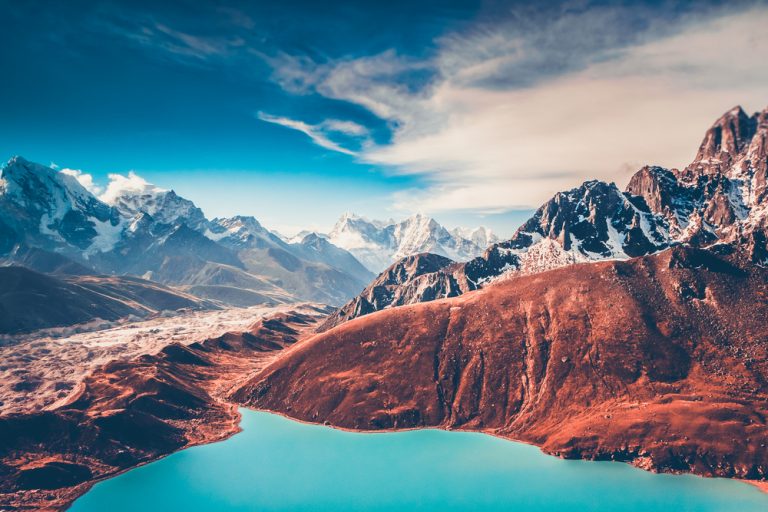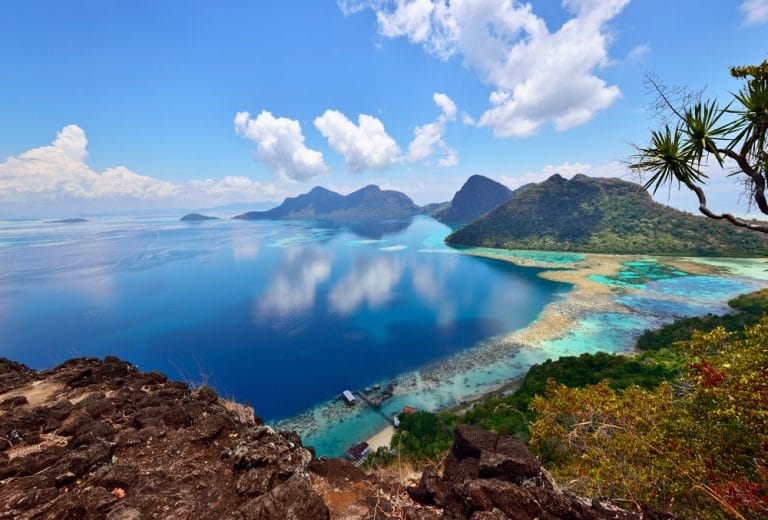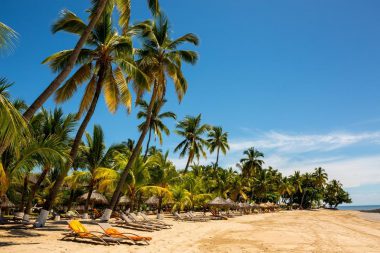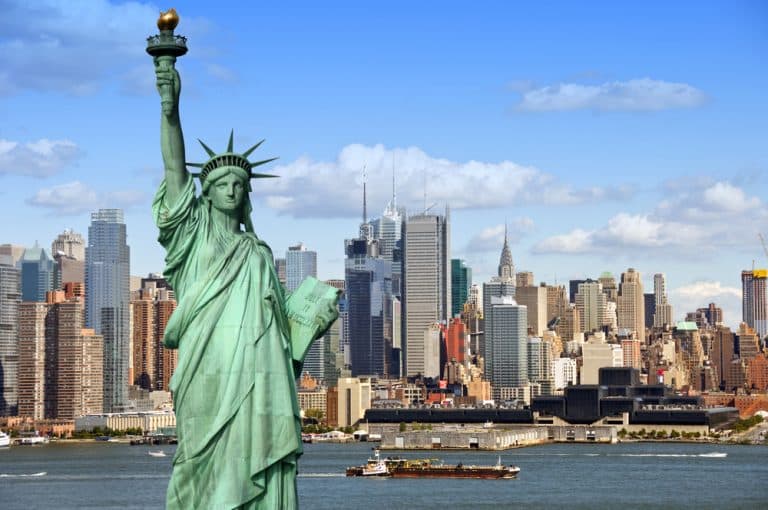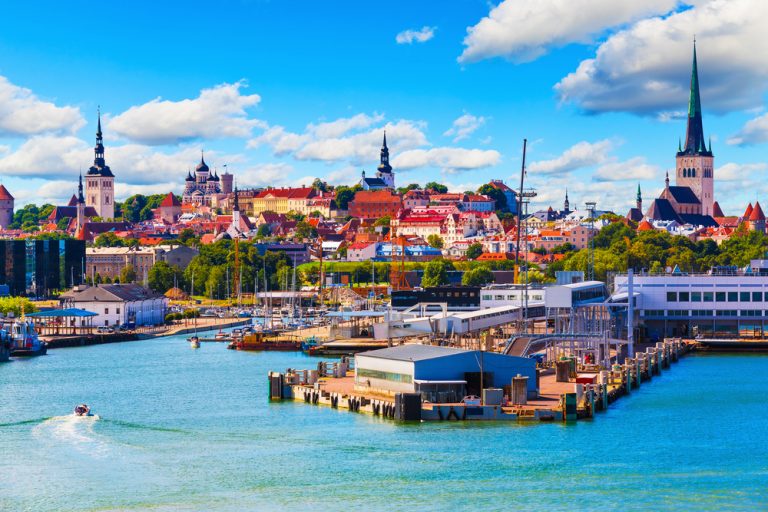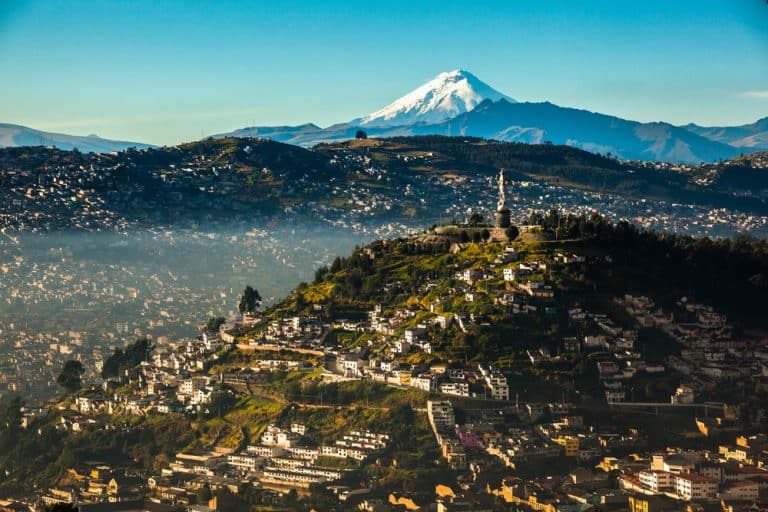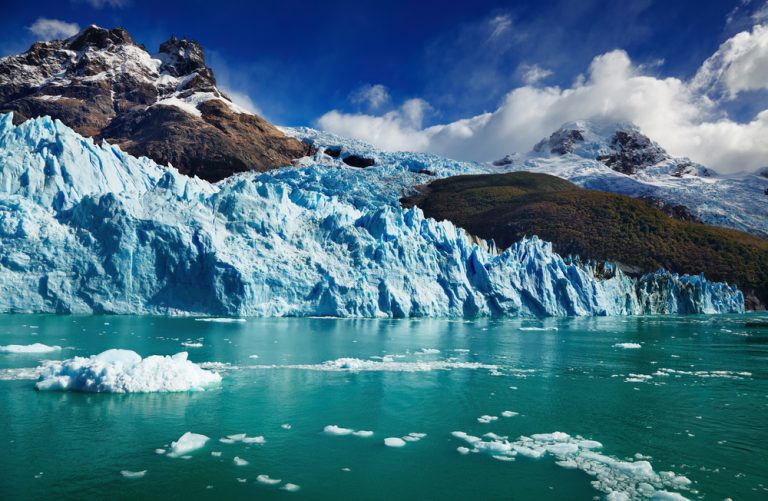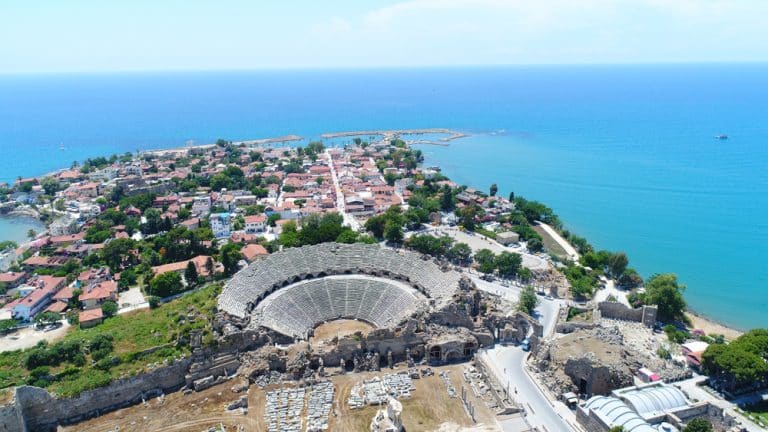Nepal, the country beneath the icy peaks of the Himalayas, has retained its unique charm. It has remained a dream destination and neither the movement of the hippies nor the horror of a devastating earthquake could do anything lasting to this region. The Nepalese are still convinced that their long way to nirvana leads through their capital Kathmandu. And anyone who strolls through this mystical metropolis as a visitor sometimes holds their breath. The temples and gods are decorated with flowers in Nepal. Many of the once fifty temples, pagodas and palaces in the center of Kathmandu were restored or at least provisionally repaired after the earthquake. Nepal owes this in particular to the income from tourism, because year after year more than 800,000 visitors travel to this poor and yet so rich country because of its culture.

England’s Queen Elizabeth II signed up for a visit to Nepal ten years after her coronation in 1961, causing considerable problems for her hosts. They wanted to offer the regent a worthy setting, but the dwarf state between India and Tibet was hardly prepared for this. So a small castle was hastily built, which was later converted into a restaurant. At that time, Nepal was still a blank spot on the map of international tourism. This only changed ten years later, when the “flower children” discovered this region for themselves. Probably also because the stuff that dreams are made of, which is forbidden in many places, was inexpensive and available everywhere.
The hippies left and the holidaymakers came. This was a blessing for the country, because now the license fees of an Everest ascent were joined by income from tourism. New hotels were built in Kathmandu and Pokhara, and those guests who expected a luxurious standard of accommodation also felt at home at Shangri La. The Hotel Shanker was housed in a hundred-year-old palace and in the Hotel Dwarika’s visitors encountered a dignified elegance that they would hardly have expected in this region.

Almost twenty million people are at home in Nepal. Most of them live by cultivating their fields in the valleys and on the slopes of the mountains. But the usable area is very small, so that this country is still one of the poorest in the world. But the mountain farmers of the Gurung people bear their obvious poverty with great dignity.
If you don’t feel fit enough for trekking as a vacationer, you should at least try hiking in Nepal. Because in this country the sky knows no boundaries and the paths lead to lonely areas or to steep and green mountain slopes. The distant peaks of the Himalayan massif are enthroned above everything. For the guests from another world, this is a departure into breathlessness, because the air at altitude is quite thin. Kathmandu is already 1,500 meters above sea level. From the small airport, planes take off for an Everest sightseeing. The view of the highest mountain on earth is an unforgettable experience – provided there is a sky without clouds.
The flowering rhododendrons, which have their real home in the Himalayas before they adorned gardens in Europe and elsewhere, are the companions on hikes through Nepal. From the rice terraces and Poon Hill, the view falls on Annapurna and the mighty Dhaulagiri. The ice deserts of the eight-thousanders are within reach, especially in Pokhara. The city is the gateway to the historic kingdom of Mustang. The somewhat different Nepal can be seen on a safari in the Royal Chitwan National Park on the border with India. On the back of an elephant, visitors have the chance to experience tigers and rhinos in their ancestral territory.
Travel information Nepal
| Capital | Kathmandu |
|---|---|
| Form of government | Parliamentary Federal Republic of Germany |
| Currency | Nepalese Rupee (NPR) |
| Area | approx. 147,181 km² |
| Population | approx. 29,305,000 (2017) |
| Languages | Nepali |
| Electricity grid | 230 volts, 50 Hz |
| Area code | +977 |
| Time zone | UTC+5:45 |


